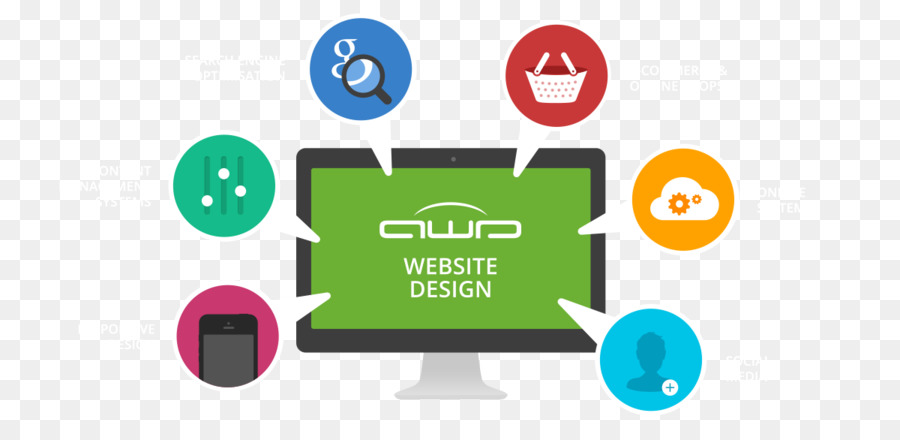Website Style Basics: Tips For Structure A User-Friendly Site
Website Style Basics: Tips For Structure A User-Friendly Site
Blog Article
Author-Wiley Skinner
When it concerns internet site layout, ensuring user-friendliness is key. From https://fernandohpwbg.webdesign96.com/31675358/achieve-a-superior-placement-in-seo-by-discovering-advanced-methods-that-will-certainly-improve-your-positions-and-outshine-your-competitors to streamlined navigating, every component plays an important role in creating a website that satisfies your target market's demands. However what about the better information that can make or damage a user's surfing experience? Remain tuned as we discover some often-overlooked pointers that can elevate your website's functionality to the next degree, making it truly attract attention in the digital landscape.
Importance of Responsive Layout
Responsive layout is a vital facet of contemporary site growth. Guaranteeing your internet site is responsive means that it can adjust to different screen sizes and gadgets, supplying a smooth experience for users.
With the increasing use smart devices and tablets to access the web, having a receptive layout is crucial for reaching a broader audience. It helps in boosting customer experience by making your site simple to navigate and read on any gadget.
Furthermore, receptive style can favorably affect your internet search engine positions, as online search engine like Google focus on mobile-friendly web sites. By having a responsive layout, you're also future-proofing your web site, as new tools with varying display sizes continue to emerge.
Simplify Navigation Framework
To boost user experience and promote easy accessibility to information on your site, simplifying the navigating framework is vital. When making your website, concentrate on producing a clear and intuitive navigation food selection that helps visitors locate what they're searching for quickly.
Limit the variety of menu items to the basics, grouping associated pages together to stay clear of overwhelming users. Usage descriptive tags that clearly show the content of each web page, making it simpler for individuals to understand where each link will take them.
Think about implementing dropdown food selections for subcategories to stop littering the primary navigating bar. In addition, consist of a search bar prominently on the page for individuals that like looking for certain details.
Focus on mobile responsiveness in your navigation design to make certain easy access on all devices.
Maximize Page Load Speed
Improving web page load rate is crucial for keeping site visitors on your internet site. Slow-loading web pages annoy customers and can result in high bounce prices. To optimize page tons rate, begin by maximizing images. Compress photos without compromising quality to decrease their file dimensions.
Furthermore, allow internet browser caching to save frequently accessed sources locally, speeding up tons times for returning site visitors. Minify CSS, JavaScript, and HTML files by removing unneeded characters, remarks, and format, boosting tons rate.
Consider using a web content distribution network (CDN) to disperse your web site's material across multiple web servers worldwide, minimizing latency for customers accessing your site from various areas. Lastly, limit making use of third-party manuscripts and plugins, as they can dramatically influence load times.
Verdict
To conclude, by integrating receptive layout, streamlining navigating, and enhancing page lots speed, you can create an user-friendly website that appeals to a larger target market and enhances customer experience. seo internet marketing make certain that visitors can conveniently accessibility and browse your website across various devices, leading to increased interaction and satisfaction. By concentrating on these key facets, you can construct an effective internet site that maintains customers returning for more.
